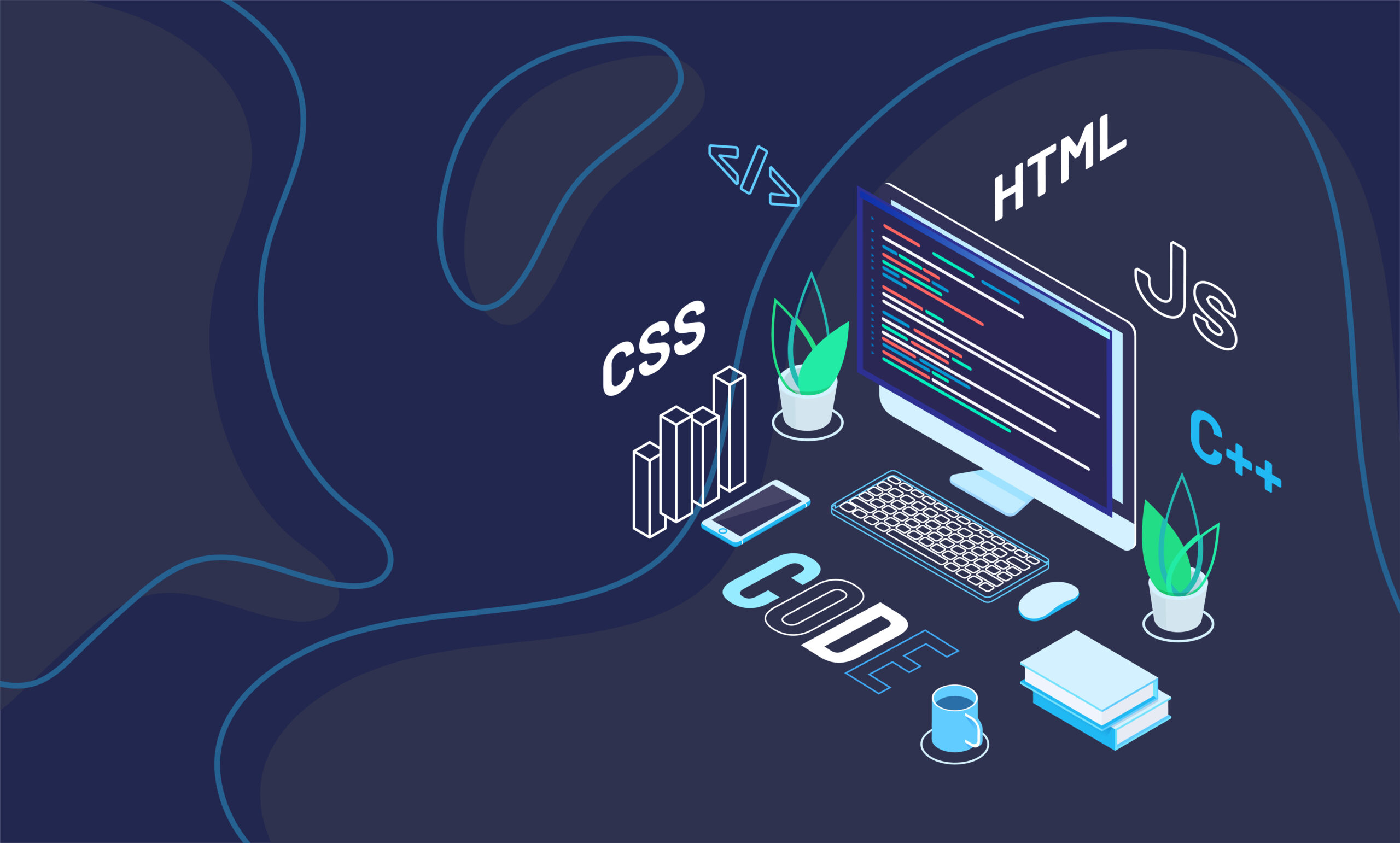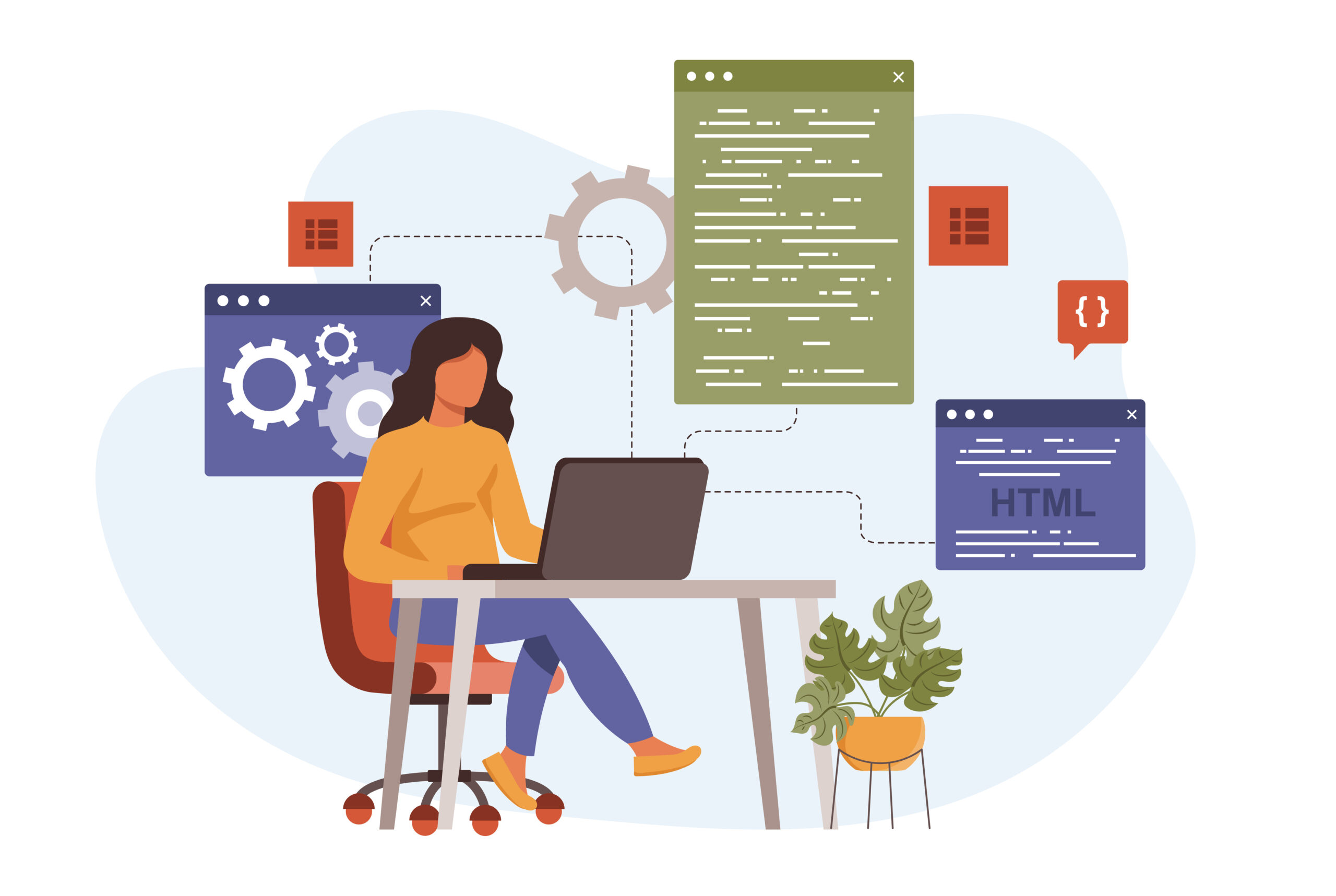Front-End vs Back-End Development: Understanding the Difference

By WD Philippines
Published on May 29, 2025
2 min read

There are two essential main components to consider when it comes to web development on how the websites and applications work, and these are front-end and back-end. When it comes to a website or application, somewhat not all understand the hidden concept and what they consist of, especially when you are not really a techie person. You may just play along with the flow, but do you ever wonder how the visual layout makes your digital journey on your computer or smartphone or even in your tablet so logically intuitive and engaging, when you click something in the background and somehow interact with you like it has its own understanding. This kind of special effects or what do you want to call it, is not unintentional, everything that you see inside the website is intentional, on how you can visualize it, engage with and explore it smoothly. In this article we’ll tackle the two essential components of web development, what is the difference between the two sides and what’s behind it.
Front-End Web Development
With the given term “front”, Front-end Web development essentially focused on what is in front of your naked eyes. Everything you visualize within the website is responsible by the Front-end web developer. From the simple text, layout design, directly interactive features, smooth and attractive and user friendly or simply called client-side visual experience because it runs on the user’s browser.
Front-End web developer main objective is:
- User Interface (UI) Design: Frontend development focuses on designing the look of a website, including layout, colors, typography, and interactive elements.
- Responsiveness: Ensures that websites work well on various devices and screen sizes, providing a seamless experience on desktops, tablets, and smartphones.
- Interactivity: It implements interactive features like buttons, forms, animations, and dynamic content that engage users.
- Cross-Browser Compatibility: Ensures that the website functions correctly across different web browsers, such as Chrome, Firefox, and Safari.
- Front-End Technologies:
- HTML (Hypertext Markup Language): The standard language for creating the structure of web pages. It defines elements such as headings, paragraphs, links, and images.
- CSS (Cascading Style Sheets): Used for styling HTML elements. CSS controls the layout, colors, fonts, and responsiveness of a webpage.
- JavaScript: A programming language that adds interactivity to the web. JavaScript is used to create dynamic content, such as forms, animations, and interactive maps.
- Frontend Frameworks: React, Angular, Tailwind, Bootstrap, and Vue.js.
- Frontend Libraries: jQuery and SASS.
Back-End Web Development
Server-side developer or simply as Back-end web developer is the one who is in charge in the behind the scene scenario of the website. Back-end web development gives the magical interactions between the visual and the actual behavior of the websites, this allows the user to indirectly interact with the elements of the website through the front-end side. It ensures that the data flows smoothly, handles databases, servers, and specific server-side applications. Back-end development also optimizes performance and security, ensuring the website or app can handle the traffic and keep all users’ information confidential.
Back-End web developer main objective is:
- Server-Side Logic: Backend development handles the server-side operations, including processing data, managing application logic, and handling user requests.
- Database Management: Manages and interacts with databases (e.g., MySQL, PostgreSQL, MongoDB) to store, retrieve, and update data based on user interactions.
- API Development: Creates and manages APIs (Application Programming Interfaces) to allow communication between the frontend and backend or with other external services.
- Security: Ensures the security of data by implementing authentication, authorization, encryption, and protection against attacks like SQL injection.
Back-End Technologies:
- Programming Languages: Common languages for backend development include PHP, Python, Ruby, Node.js, Java, and C#.
- Databases: Backend systems interact with databases to store and retrieve data. Popular databases include MySQL, PostgreSQL, MongoDB, and SQLite.
- Web Servers: Web servers like Apache, Nginx, and IIS are used to handle HTTP requests and deliver content to users.
- Backend Frameworks: Django (Python), Ruby on Rails (Ruby), Express.js (Node.js), and Spring Boot (Java).
- Backend Libraries: Mongoose, Socket.io, JDBC, Pandas.
Looking for a Trusted Web Development Partner?
At Wonderful Door Philippines, we work with amazing, talented people—from creative minds to skilled developers—to build websites that not only look great but also perform exceptionally well. From custom WordPress sites and e-commerce platforms to complete website solutions, reliable hosting, and ongoing maintenance, we offer a full range of web services tailored to your business goals. Whether you’re just starting out or ready to level up your online presence, we’re here to make it happen. Click here to get started.
Ready to Take the Next Step for Your Business?
Let's Talk!
Fill out the form to request a quotation or schedule a discovery meeting with us.





